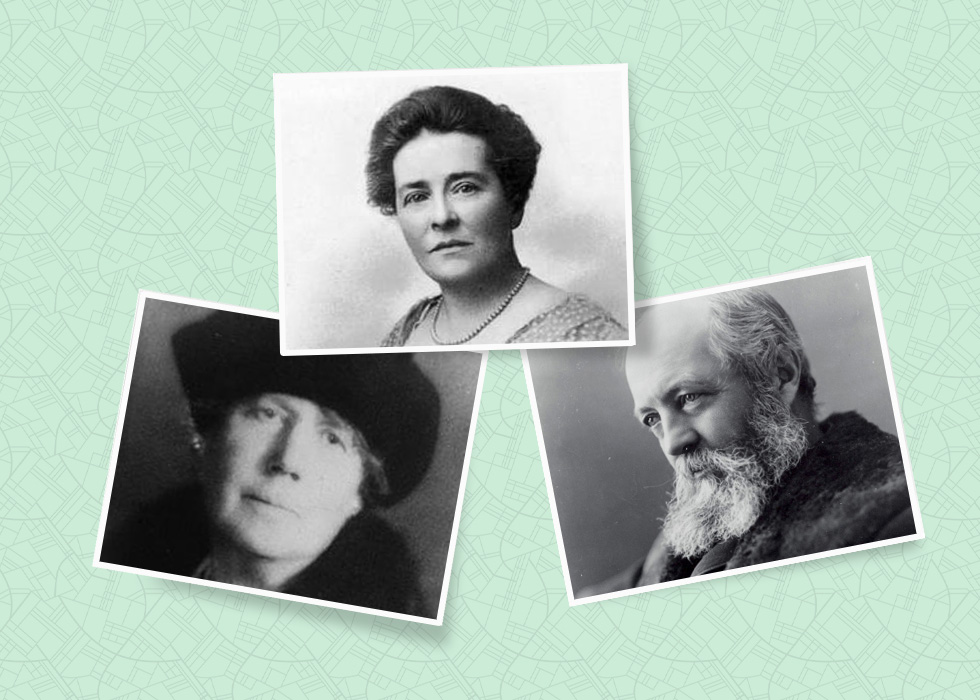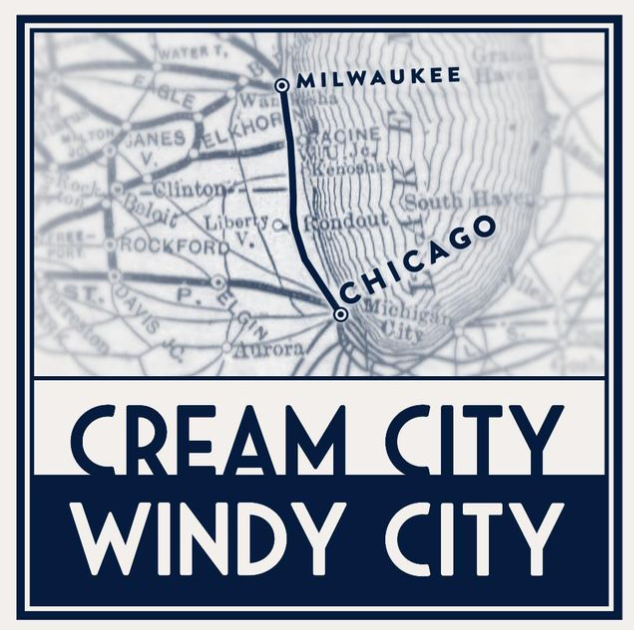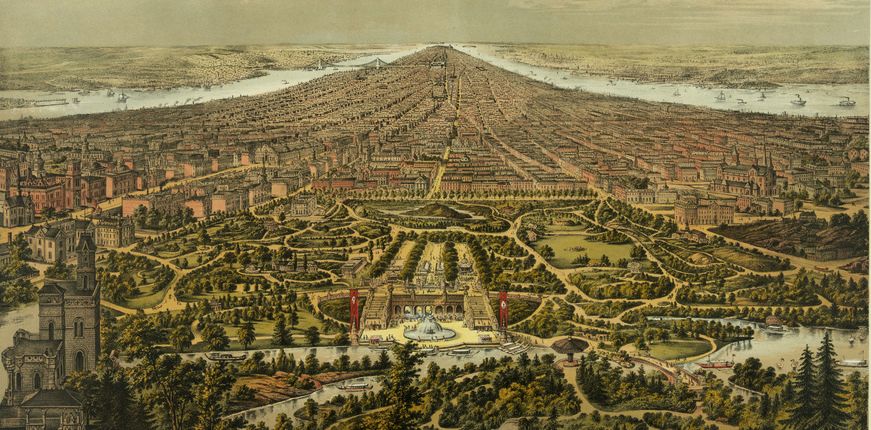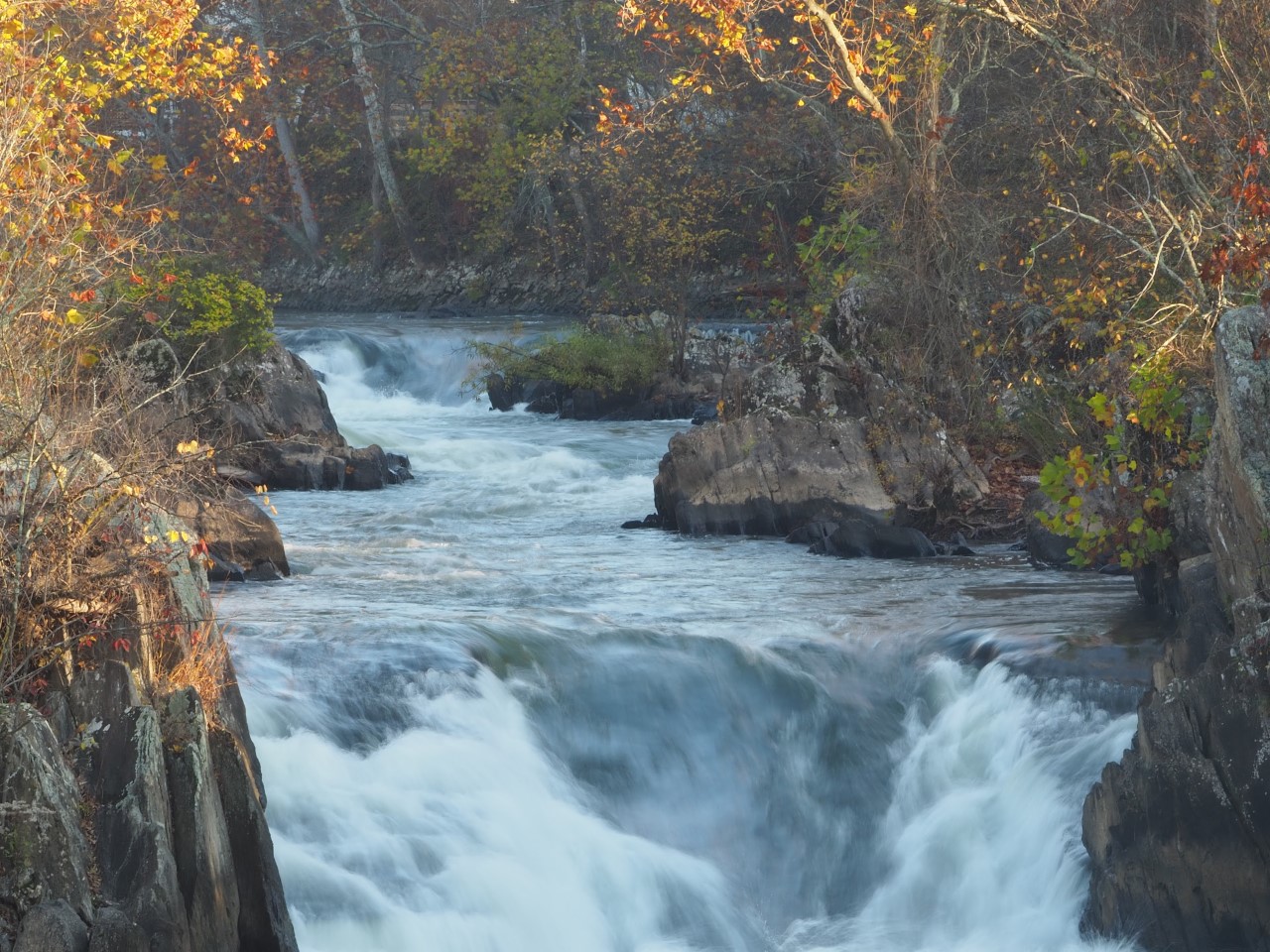
After spending nearly two years steeped in the Olmsted story working at the Frederick Law Olmsted National Historic Site, I recall what former supervisory park ranger and current Friends of Fairsted member Alan Banks told me soon after I joined the staff. He said something along these lines: “When you start learning about Olmsted and his son, it’s easy to be enamored with them. But the longer you spend learning about the man and the firm that followed, you begin to see how complicated both their lives and their impact were and continue to be.”
I found this to be accurate as I researched women in landscape architecture and their possible connections to the Olmsted firm for an outdoor exhibit at Fairsted during the coronavirus pandemic. During the height of Olmsted, Sr.’s career, few women influenced the profession, which is unsurprising considering the societal expectations for women in the nineteenth century. Nevertheless, some women advanced the fledgling profession, such as Annette C. McCrea (1858-1928), who designed several Midwestern public landscapes, and Martha Brookes Brown Hutcheson (1871-1959), who expanded landscape design education to middle and lower-class women. However, even during the Olmsted Brothers’ and Olmsted Associates’ eras, when more women than ever before were training in landscape design and adjacent fields, the Olmsted firm employed no women as landscape architects.
Despite this, I continued my research. Sure enough, I discovered that the Olmsted legacy with women in landscape architecture is more complicated than I initially thought. While the Olmsted firm did not hire any women landscape architects during its nearly 100-year existence and while society treated professional women inconsistently, several Olmsted firm employees had significant moments of allyship with women in landscape architecture.
Olmsted, Sr. endorsed Elizabeth Jane Bullard (1847-1916) to complete her late father’s designs in Bridgeport, CT in the late 1880s. He noted her training under her father and warned the park commission to “be prepared to trust much to her discretion and to support her against any possible prejudice due to the novelty of the situation in which she will be placed. It would, in my judgment, be more prudent to give her greater freedom of discretion in all matters of her duty, rather than less than you would be prepared to give a man under similar circumstances.”[1]
John Charles Olmsted (1852-1920), Frederick Law Olmsted, Jr. (1870-1957), and firm partner James Frederick Dawson (1874-1941) taught at Lowthorpe School of Landscape Architecture for Women, providing impactful opportunities for women to train with influential practitioners. Firm member Arthur Asahel Shurcliff (1870-1957) also taught at Lowthorpe and nominated women landscape architects such as Martha Brookes Brown Hutcheson for membership to the American Society of Landscape Architects. Still another firm member and renowned horticulturalist Warren H. Manning (1860-1938) personally mentored and trained over 45 women landscape architects throughout his career.
The legacy and impact of the Olmsted firm on women landscape architects is not clear-cut, even though ideals about democracy and accessibility were ardently pursued in the firm’s designs. The question remains—how will current landscape architects and society at large adapt those ideals for communities today, expanding the circle to those who have yet to contribute their voices and talents to design and maintain the types of green spaces the Olmsteds praised?
Lisa Chaderjian was the Interpretation & Education Intern at Frederick Law Olmsted National Historic Site (2019-2020).
[1] Thaisa Way, Unbounded Practice: Women and Landscape Architecture in the Early Twentieth Century (Charlottesville: University of Virginia Press, 2009), 19.











